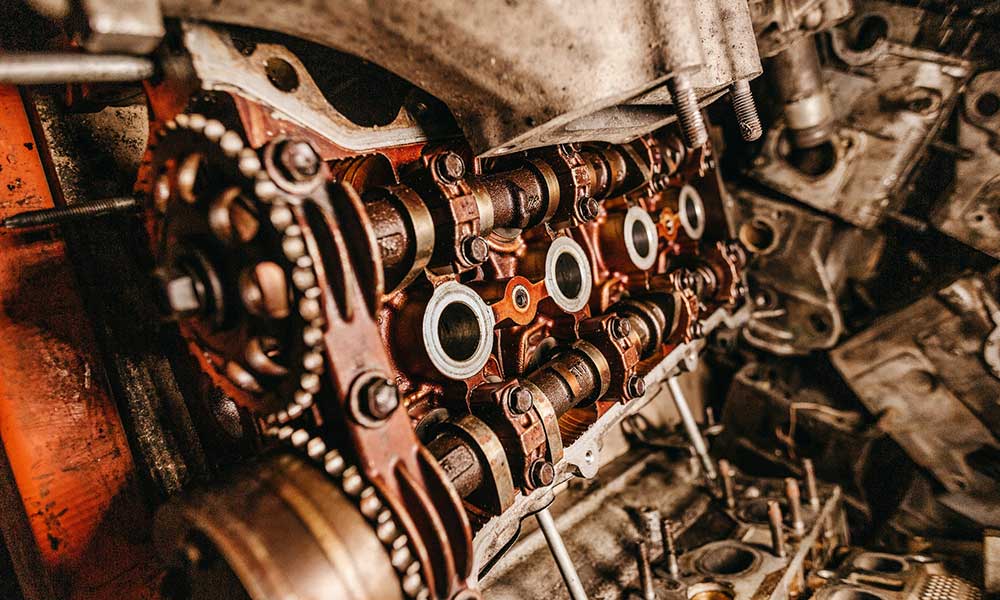Moving a car without a tow truck may seem daunting, but it is simple with the right tools and knowledge. Whether you need to move a car that is no longer operational or want to change its location, there are several ways you can accomplish the task without hiring a tow truck.
This guide will provide tips and tricks on successfully self-towing your car and preventing damage. You will learn what equipment and supplies you need, how to prepare your car properly, and the steps you need to take to ensure safety.
Let’s dive in!
What Equipment Do You Need?
You need the right equipment and supplies when moving your car for a safe and successful towing experience. Here is a list of the essential equipment you’ll need to tow a car without a tow truck.
- Tow straps or chains: These are the most basic and essential equipment for towing a car. Look for straps or chains rated for the weight of the vehicle you’re towing, and be sure to use them properly to avoid any accidents.
- Safety chains: Safety chains are an important safety feature that should always be used when towing a car without a tow truck. They are designed to keep the vehicle being towed connected to the towing vehicle in case the tow straps or chains break.
- Hitch ball and hitch receiver: A hitch ball and hitch receiver are necessary to connect the towing vehicle to the vehicle being towed. Be sure to choose a hitch ball and receiver rated for the weight of the vehicle being towed.
- Towing dolly: A towing dolly attaches to the back of the towing vehicle, the towed vehicle is placed on it, and its wheels are locked. This option is less invasive than other options, and it’s a good option if the vehicle you’re towing has four-wheel drive.
- Electric brake controller: An electric brake controller is necessary when towing a car without a tow truck. It helps to synchronize the brakes on the towing vehicle and the vehicle being towed, making the tow safer and more controlled.
- Reflective triangles: Reflective triangles are an important safety feature that should be used when towing a car without a tow truck. They are designed to alert other drivers that you are towing a vehicle and that you’re visible from a distance.
- A winch is an essential equipment for safely and easily towing a car. A winch will help you control the speed of the car and easily apply the necessary force to control the car when going up hills and on uneven surfaces.
Preparing Your Car for Self-Towing
Before you attempt to self-tow your car, there are a few things you need to do to prepare your car for the move. You must ensure your car is in good working order, can fit on the available equipment, and is properly balanced.
Start by checking the motor and tires for any issues or damage. Look for signs of leaks or loose belts. If you notice any damage, make sure to get the car repaired before moving it or risk causing more damage.
Also, check your car’s weight to ensure it is below the weight limit of the equipment you will use.
Steps for Self-Towing a Car Without a Tow Truck
Here are a few things you should do before moving your car:
Step 1: Make sure it’s legal to tow your car in your area. Some states and municipalities have specific laws and regulations regarding self-towing, so it’s important to check before proceeding.
Step 2: Gather the necessary equipment. You’ll need a set of towing straps or chains, a hitch, and a ball mount for the towing vehicle. You will also need a dolly if your car does not have a working transmission.
Step 3: Position the towing vehicle and the car to be towed. The towing vehicle should be parked directly behind the car to be towed, with the hitch and ball mount lined up with the car’s tow eye or bumper.
Step 4: Secure the towing straps or chains to the car. Make sure they are tightly fastened and will not lose during the tow.
Step 5: Slowly begin towing the car. Make sure to keep a safe distance between the two vehicles and keep an eye out for any obstacles in the road.
Step 6: Stop and check the straps or chains periodically to make sure they are still secure. If the car starts to fishtail or sway, stop towing immediately and adjust the straps or chains as necessary.
Self-towing can be dangerous and is not recommended unless you are experienced and have the necessary equipment. If you’re unsure about your ability to tow your car safely, it’s best to hire a professional tow truck.
Towing a Car on a Flatbed Trailer
If you have a flatbed trailer, you can easily tow a car with the trailer. First, make sure the car is properly balanced on the trailer.
Next, connect the car to the trailer using the straps. Ensure the car’s gas tank is at least two feet away from the trailer.
Once you have attached the car to the trailer, you can begin towing it. Start by attaching the winch hook to the car. Attack the hook properly to the car and the trailer, and ensure the trailer is neutral before connecting it.
Once the car is connected to the trailer, you can begin towing it. As you are towing the car, keep an eye on the speed. You don’t want to go too fast and risk damaging the car or the trailer.
How to Tow a Car on a Car Tow Dolly
Towing a car on a tow dolly can be a great way to move the vehicle without using a full-sized trailer. Just ensure you understand how to secure the vehicle to the dolly for safe and successful transportation.
- First, ensure the car tow dolly is properly attached to the towing vehicle. This will typically involve connecting the dolly’s hitch to the towing vehicle’s hitch and securing it with a pin or locking mechanism.
- Next, position the car tow dolly in front of the vehicle you will be towing. The dolly should be lined up so the vehicle’s wheels will rest on the dolly’s rollers.
- Once the dolly is in place, drive the vehicle onto the dolly, ensuring that the wheels are properly aligned with the rollers. The vehicle should be neutral, and the parking brake should be engaged to prevent it from rolling off the dolly.
- Get the vehicle onto the dolly and secure it by fastening the straps or chains provided. These straps should be tightened enough to keep the vehicle in place but not so tight that they cause damage to the vehicle or its wheels.
The steering is not locked when towing a car on a tow dolly. So, you must be extra careful to keep the vehicle’s wheels aligned with the dolly’s rollers, especially when making turns.
Final Thoughts
Towing a car without a tow truck is possible with the right equipment and proper technique. A tow rope or chain and a sturdy vehicle can be used to tow a disabled car safely. However, it’s important to remember that towing can be dangerous if not done properly. To prevent damages, follow the guidelines outlined in this blog post and always prioritize safety.









